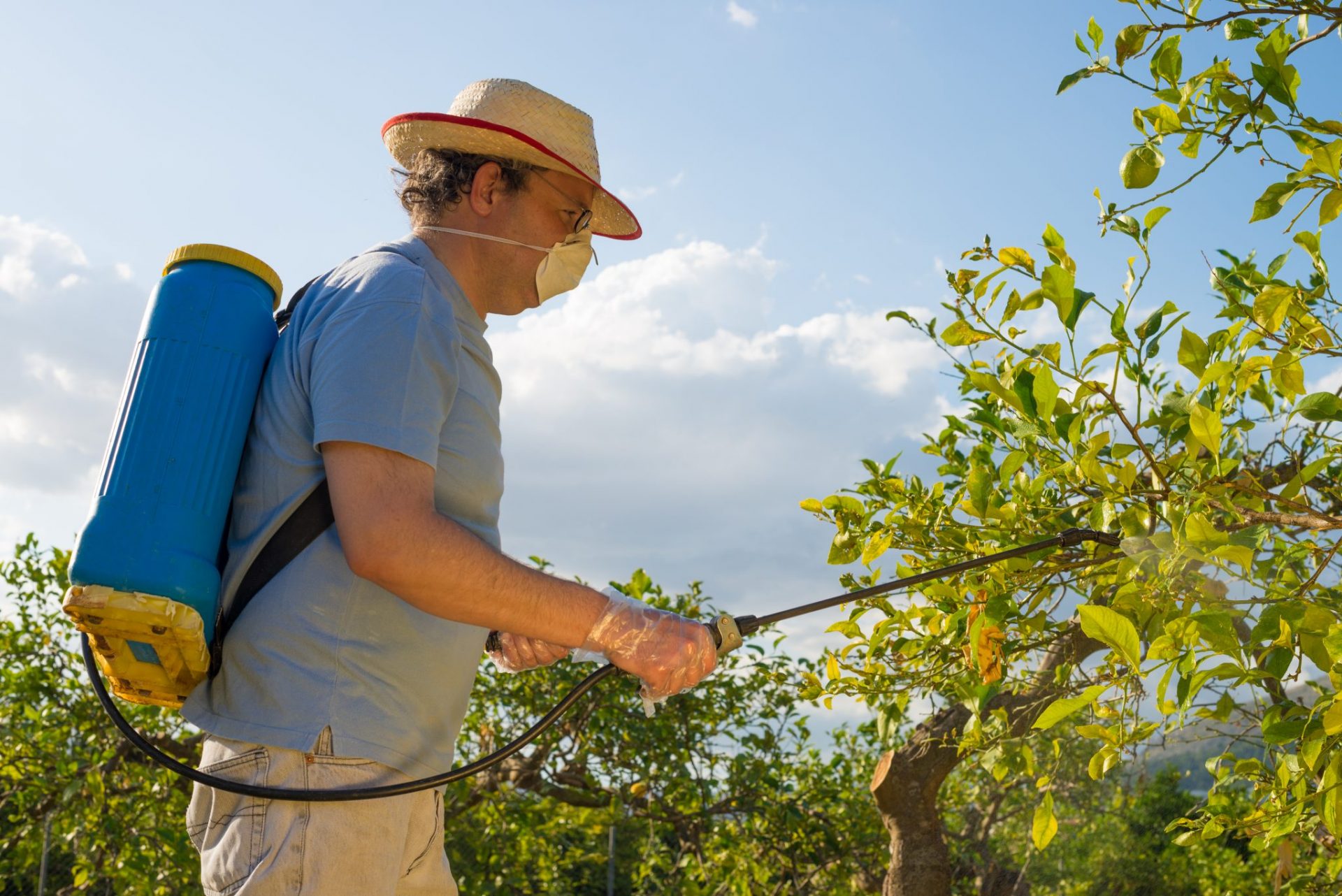Why house dust is making people fat and sick
(NaturalHealth365) Strange as it seems, being an indifferent housekeeper could be right up there on the list of risk factors that promote health problems and obesity. Recent studies suggest that endocrine-disrupting chemicals lurking in ordinary household dust may disturb metabolic health and trigger the accumulation of body fat, especially in children.
Read on to discover the truth about how chemical residues in household dust can contribute to weight gain and serious health problems.
House dust attracts, holds and redistributes contaminants
“House dust” is composed of a blend of shed skin cells, hair, bacteria and dust mites, along with a sprinkling of the body parts of dead insects. Particles of pollen and soil, fibers from clothing and microscopic specks of plastic and dye are also found in this environmental mix.
As unwholesome as this mixture is, the real danger of house dust may be its content of pollutants and carcinogenic compounds, all of which can function as endocrine disruptors.
No matter how zealously one housecleans, dust can become entrenched in carpets and accumulate in crevices, leading over the years to a harmful buildup – even in the tidiest of homes. Even more troubling, dust that has been in place for many years can hold residues of substances that have been banned, such as DDT and PCBs.
Warning: Household dust contains dangerous phthalates from flame retardants and plasticizers
According to an article in Chemical and Engineering News, phthalates are the most common harmful contaminants found in dust, with DEHP – a phthalate plasticizer found in plastic food containers, cosmetics and vinyl flooring – topping the list.
SHOCKING PROBIOTICS UPDATE: Discover the True Value of Probiotics and How to Dramatically Improve Your Physical, Mental and Emotional Wellbeing with ONE Easy Lifestyle Habit.
According to recent studies, DEHP can disrupt hormone function and reduce sperm motility in men.
Dust is also a major source of human exposure to PBDEs, or polybrominated diphenyl ether. Found in flame retardants and fabric protectants, PBDEs are known endocrine disruptors. Although PBDEs have been banned, they still exist in the environment – and in household dust.
And now, for a shocking fact: According to the Environmental Working Group, a non-profit environmental agency, the concentrations in house dust of some phthalates and flame retardants actually exceed soil-screening health risk thresholds set by the U.S. Environmental Protection Agency (EPA).
Toxic compounds in dust can be inhaled, absorbed through skin or ingested through the mouth – as can occur when eating with dusty hands.
Warning: Exposure to contaminants in dust can trigger weight gain
In a study conducted by researchers at Duke University and published in Environmental Science and Technology, precursor fat cells – or adipocytes – were exposed to household dust containing endocrine disrupting chemicals.
The result? The team found that extracts from seven of the eleven house dust samples caused precursor adipocytes to mature and accumulate more fat – while nine of the samples caused the cells to proliferate and increase in number.
The team found that the flame retardant TBPDP, the plasticizer DBP and the pesticide pyraclostrobin had the greatest effects on fat accumulation.
Lead author Dr. Heather Stapleton remarked that the findings raised concerns for human health, especially because the fat-producing tendency of the dust occurred at concentrations below EPA estimated child exposure levels. Disturbingly, as little as 3 micrograms of dust triggered fat-producing effects – well below the 50-milligrams of house dust that children could be consuming daily.
Researchers say: Pollutants in dust are linked to leukemia
Some compounds found in dust, including PBDEs, PCBS and PAHs – or polycyclic aromatic hydrocarbons – are suspected leukemia risk factors. According to the Environmental Working Group, PBDEs, in particular, have been linked in animal studies to thyroid hormone disruption, learning and memory impairment, hearing deficits, decreased sperm count and even cancer.
Todd P. Whitehead, an environmental scientist at the University of California, studied dust in California homes as part of his work with the California Childhood Leukemia Study. The research showed that homes of children diagnosed with acute lymphoblastic leukemia, or ALL, tended to have higher levels of PAHs, PBDEs and PCBs.
Whitehead called the findings the “strongest type of evidence” to suggest that these compounds are risk factors for childhood leukemia.
In addition, Professor Marsha Wills-Karp, of the Johns Hopkins Bloomberg School of Public Health, reports there is accumulating evidence that exposure to contaminants in dust might lead to diseases such as obesity, asthma and autism.
How can I reduce my exposure to contaminated household dust?
To reduce exposure to – and ingestion of – dust, natural health experts recommend frequent hand washing, and the use of a vacuum with a high-efficiency particulate air filter.
Avoid using feather dusters, which only redistribute dust, and clean with a damp rag. And, whenever possible or practical, opt for wood or tile floors over carpet. Experts report that normal vacuuming only removes about 10 percent of entrapped dust from carpets.
Other actions you can take include changing bedding once a week, removing all clutter from floors, and storing contents of closets in garment bags or boxes.
Sources for this article include:










